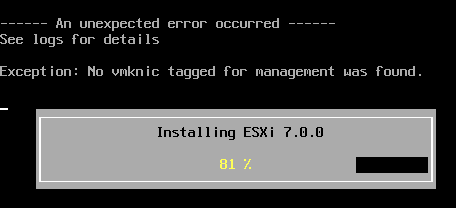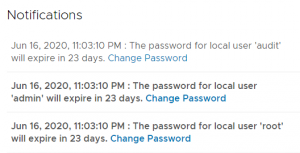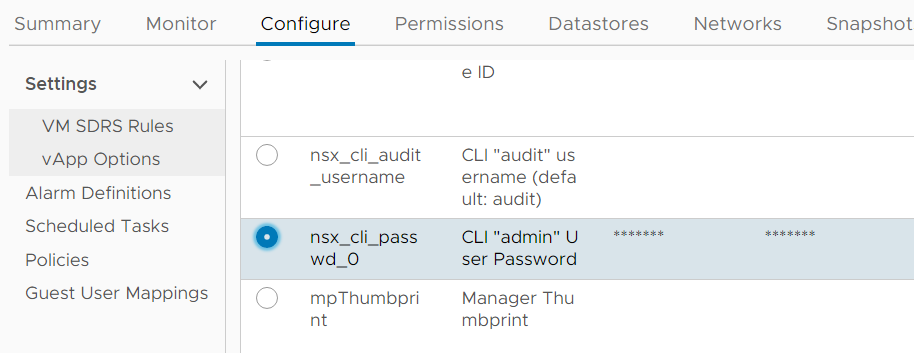Visual Studio Code Error "No match was found for the specified search criteria and module name PackageManagement"
Visual Studio Code asks to perform an update when launching the PowerShell Integrated Console. The Update fails with the following error message:
PS> powershell.exe -NoLogo -NoProfile -Command 'Install-Module -Name PackageManagement -Force -MinimumVersion 1.4.6 -Scope CurrentUser -AllowClobber'
PackageManagement\Find-Package : No match was found for the specified search criteria and module name 'PackageManagement'. Try Get-PSRepository to see all available registered module repositories.
Get-PSRepository returns the following error:Read More »Visual Studio Code Error "No match was found for the specified search criteria and module name PackageManagement"





